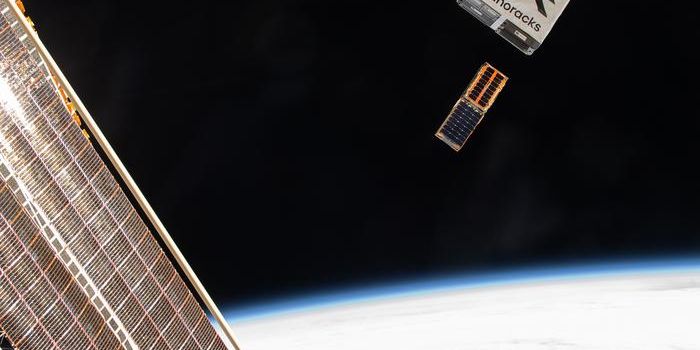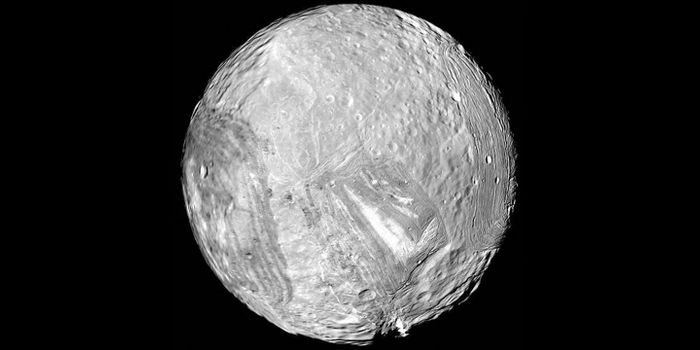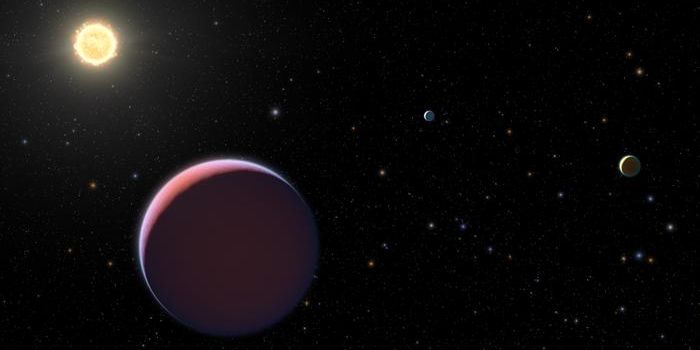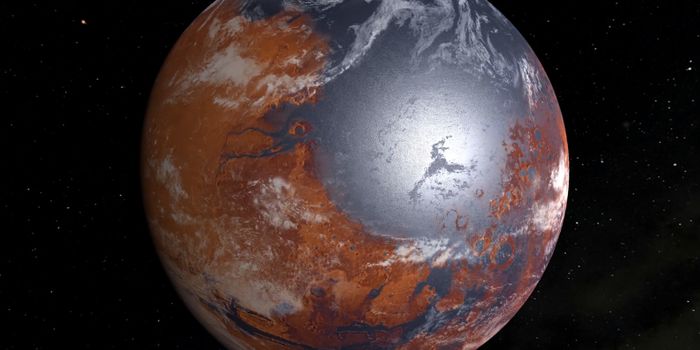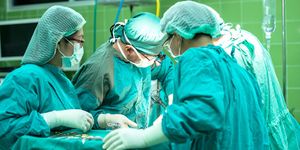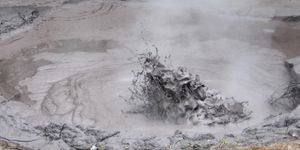Human Spaceflight Returns to the US with SpaceX's Success
On August 7, A SpaceX recovery vessel called GO Navigator brought the Crew Dragon capsule back to its home port. The capsule had splashed down after its return to Earth from the International Space Station on August 2, marking the first crewed flight for SpaceX; it carried NASA astronauts Bob Behnken and Doug Hurley and is the first orbital crewed flight from the U.S. for NASA since 2011. SpaceX describes the Dragon as a spacecraft that's capable of carrying as many as seven passengers to and from Earth orbit. It's the first private craft to take people to the space station.
The mission - called second demonstration or Demo-2 started back on May 30, when Behnken and Hurley blasted into space with the help of a Flacon 9 rocket from Launch Complex 39A at NASA's Kennedy Space Center. Crew Dragon had to seek out the International Space Station and once it found it in orbit, was able to dock and deliver Behnken and Hurley. They spent 63 days onboard the ISS, where they assisted NASA astronaut Chris Cassify with research studies, maintenance on the station, and spacewalks.
Astronauts Behnken and Hurley left the ISS on Saturday, August 1. Their capsule dropped into the Gulf of Mexico off the coast of Pensacola at 2:48 p.m. EST (1848 GMT) on Sunday, August 2. The astronauts arrived safely, but the exterior of the capsule had turned from a pristine white to one that looked toasted. That's no surprise; it endured temperatures up to 3,500 degrees Fahrenheit on its trip through the upper atmosphere. A recovery team checked the craft out and then opened the hatch at 3:59 p.m. EDT (1959 GMT),. The two astronauts were extracted about ten minutes later.
The crew answered some questions about their experience at a press conference. When the service 'trunk' separated before re-entry, it felt like they got "hit in the back of a chair with a baseball bat, a crack," Behnken said. The deploying parachute produced "a significant jolt."
"You can see from just an overall view of the capsule that re-entry is a pretty demanding environment, with the scorches on the vehicle, and the windows were not spared any of that," Hurley said.
“I did record some audio of it, but it doesn’t sound like a machine. It sounds like an animal coming through the atmosphere with all the puffs that are happening from the thrusters and the atmospheric noise,” Behnken said. “It just continues to gain magnitude as you descend down through the atmosphere.”

